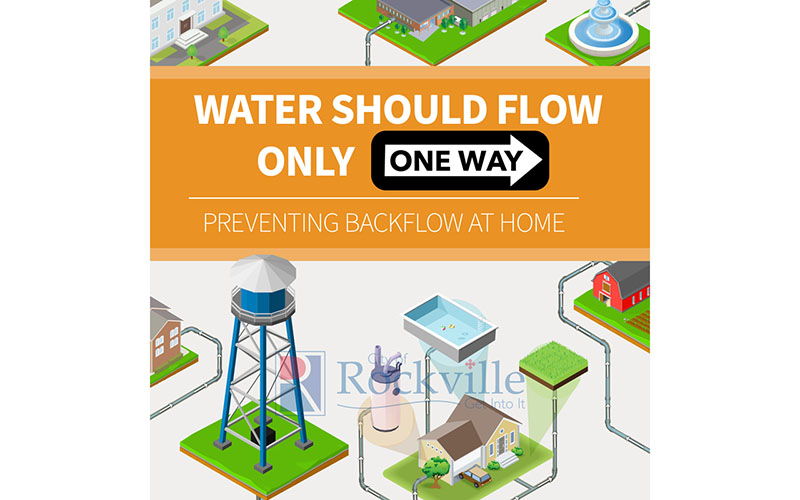The Cross Connection Prevention Program focuses on preventing backflow and protecting drinking water. When drinking water pipes connect to plumbing fixtures or equipment, a cross connection may occur. This happens when water from private property is pushed or pulled back into the drinking water supply. Backflow valves prevent this from occurring.
Backflow Test Report Fee and Submission
Backflow test reports must be submitted with a $42 fee per report. Download a blank test report and follow the instructions below to submit your test report(s) online, in person, or by mail.
Commercial Backflow Requirements
City code requires that backflow protection must be achieved through the installation of backflow devices or assemblies after each metered service or the right-of-way for dedicated fire service lines. For other services with higher risk, testable backflow assemblies are installed and required by city code to be tested by a certified tester.

Residential Backflow Tips
Examples of residential cross connections that need to be protected include fire sprinkler systems, irrigation systems, hot tubs, pools, hose bibs, and boilers. Failing to adequately prevent backflow events can have significant negative health and economic impacts. Learn more about preventing backflow at home.
contact
Jump To
Contact
Wendy Blackman
Public Works Department
Environmental Management Division
240-314-8878
backflowprevention@rockvillemd.gov
Hours
Monday – Friday
8:30 a.m. – 5 p.m.